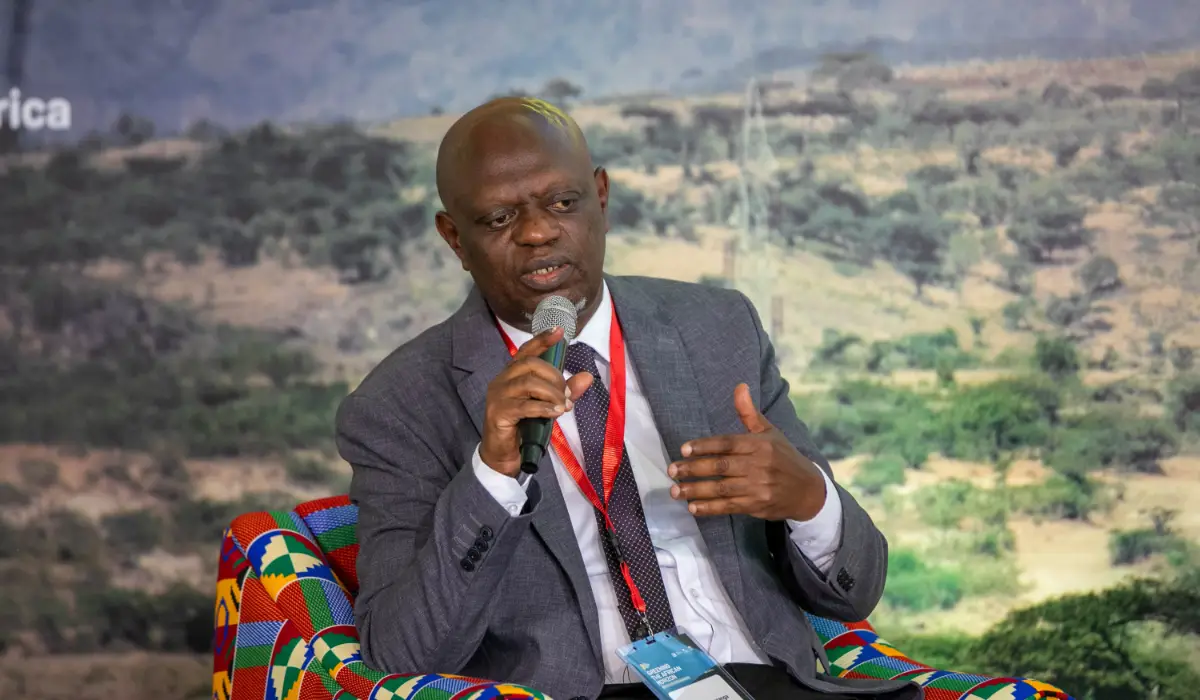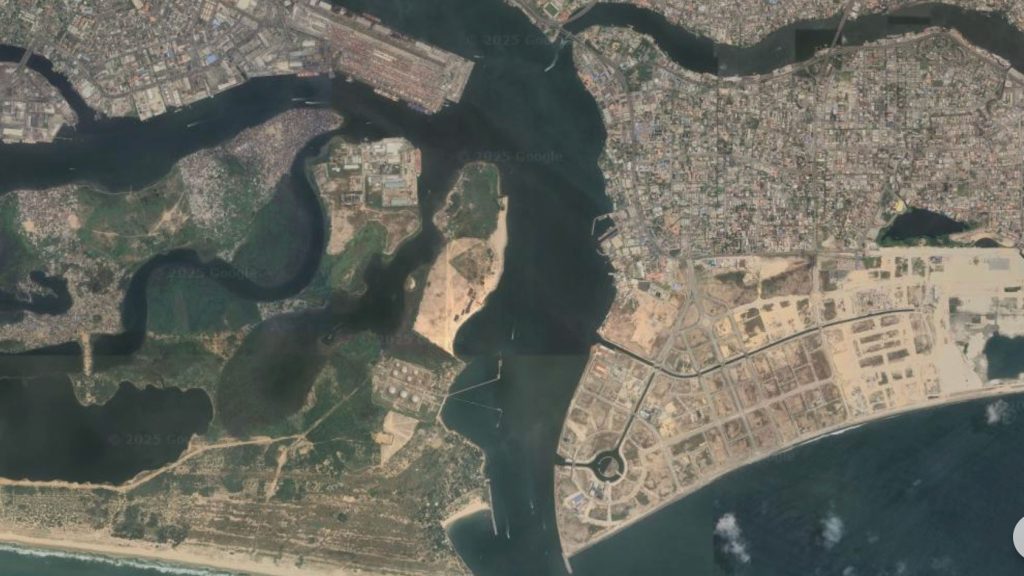As African leaders lobby for finance aimed at boosting locally-led climate solutions ahead of COP29, and countries look to alternative sources for the trillions of dollars in climate finance that is needed, attention is increasingly being paid to the role of insurance as a means to fill the gap. One of the latest innovations that has come to the fore is water insurance cover.
Water insurance is a financial nature-based solution designed to help vulnerable communities recover from water-related risks like prolonged droughts and floods, where a growing number of water systems have broken down due to years of neglect by local authorities, according to Cliff Nyaga, the director at the Kenya-based social enterprise, Fundfix.
It is aimed at building sustainable solutions to water stress by fixing broken water systems instead of spending millions of dollars establishing new ones, which eventually become non-functional after two to three years of operation, he said.
“You are getting better value for your money if you are rehabilitating and repairing what is broken. It is cheaper and has immediate results in solving water problems. When there is a breakdown people will turn to unsafe water sources like rivers which expose them to contamination,” said Nyaga.
Nearly halfway to the UN decade on ecosystem restoration, climate change continues to worsen, biodiversity is on a steady decline globally, while over two billion people globally are affected by desertification. All three crises present an acute threat to water systems in Africa, according to Elizabeth Mrema, the deputy director at UN Environment.
Yet financing for nature-based solutions in Africa remains underfunded. The little that is available is mostly directed to forested regions and not communities troubled by desertification and water stress, said Solange Bandiaky-Badji, the coordinator of the Rights and Resources Initiative, during a recent panel discussion at the Global Landscapes Forum in Nairobi.
Before the entry of water insurance cover, crop and livestock insurance dominated the African climate change innovative financing space, where governments partnered with the development community and private sector to implement them. Moreover, to date, the lion’s share of interest in climate negotiations has been on insurance loss and damage arising from extreme weather events and disasters. But insurance is also needed for slower onset events and infrastructure challenges, such as in the water sector.
The growth in water insurance looks promising given that international development agencies like the World Bank, the African Development Bank, and insurance firms like Swiss Re are working with African countries to design innovative insurance models aimed at mitigating financial risks and water-related disasters for farmers. For example, the Kenya water insurance model which benefits approximately 76,000 people is supported by the global research program, REACH. It aims to improve water security in Africa and Asia. In Ethiopia, Malawi, Senegal, Niger, Zambia, and Mauritania, the Africa Risk Capacity has taken up this role.
The price paid to service providers to keep the water systems running varies in different countries. In Kenya, communities pay about US$54 annually, where it takes about three days to fix them. Water is also treated in addition to repairs, said Nyaga.
Locals acknowledge that premium rates are lower than what it normally costs them to finance repairs or replace malfunctioning water systems. But poverty rates among rural households are still very high.
The water insurance model in Africa is presently private sector and charity led. A model that is primarily funded by recipients and which carries the risk of exacerbating the overall debt burden is something that African countries have cautioned against during global negotiations on loss and damage finance and insurance. But in the absence of more global support, national governments will have to fill the gap. Whether governments can fully embrace it depends on the resources available for its deployment and supportive policies, argues Egide Karuranga, an expert in locally led nature-based solutions. There is a feeling that African governments should be doing more and are not sufficiently committed to developing local solutions. Karuranga argues that the absence of enabling policies is symptomatic of the limited lifespan of elected governments, a situation that tends to disrupt policies that were in motion once the ruling political class is ousted. For this reason Karuranga believes that when the private sector puts in place a development system it will be there forever.
Even when policies are in place, they are not known by locals and are siloed, making it very difficult to connect and implement them, according to Levis Sirikwa, founder of Ceriops, a research based environment organisation based in Kenya. His view is that it could raise suspicions on the model as a nature-based solution, and that it could be a front for unpopular narratives that do not sufficiently invest in people and processes, like some carbon trading projects.
Investors should also expect little returns, a situation that can strain the process and communities meant to benefit from local solutions. But data and citizen science can help navigate the policy challenges around water insurance, said Sirikwa. “I think as a local solution it is a good approach. What I am curious to understand is the back-end objectives because insurance is more of policy on entry strategies and exploring the climate finance gaps,” he said.
It is a bargain that will also play out on efforts to battle water related risks in the continent through payment for ecosystem services, according to Arnold Kipchumba, an official with the Mama Doing Good Initiative at the Office of the First Lady, Kenya. “It is about empowering communities and providing them alternative sources of income and engaging them in sustainable agricultural practices that also have a lot of benefits to them,” said Kipchumba.





